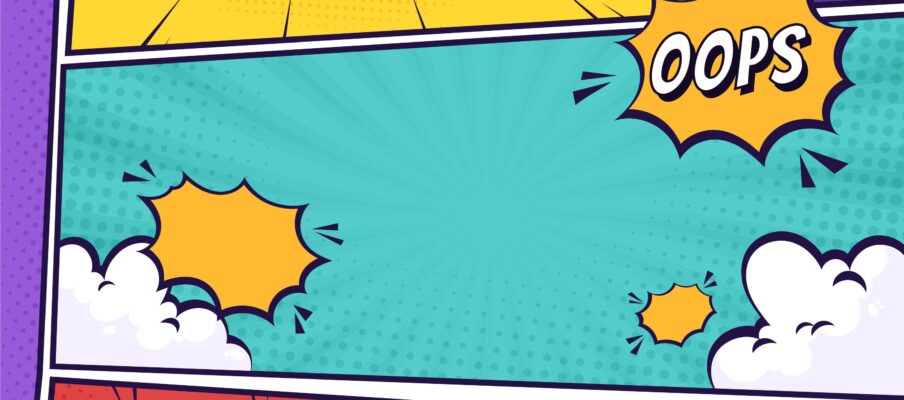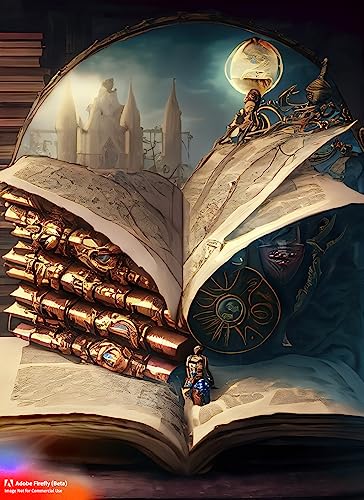Picture this: a literary landscape where words and artwork collaborate, giving birth to narratives that ignite your senses and stir your emotions. This is the dynamic universe of graphic novels, a genre that dances on the boundary of visual art and literature, blending them seamlessly. However, this remarkable format often dances in the shadows, shrouded by misconceptions. Let’s strip away these myths and uncover the true narrative power that graphic novels hold.

Breaking Down Graphic Novels
Let’s get this straight – graphic novels are not super-sized comic books nor just kid’s stuff. They’re literary heavyweights in their own right, narrating through a cocktail of sequential art and text. Their realm stretches across a vast spectrum of genres, from the surreal lanes of fantasy to the hard-hitting truths of historical non-fiction. Each tells a tale as complex and thought-provoking as a traditional novel, only through a different lens.
The Artistic Alchemy of Illustrations and Storytelling
Graphic novels serve up narratives on a rich, multi-dimensional platter. Firstly, their visuals act as an expressive conduit for detailing characters’ emotions, world-building, and the kinetic dance of action. Illustrations have the power to seize these facets with an intensity that words alone may sometimes fail to grasp.
Moreover, the alliance between text and images crafts an engaging, interactive reading journey. Pictures aren’t a substitute for prose; rather, they’re an ally, an amplifying force that injects a new dimension of narrative depth.
Shattering Misunderstandings
Myth #1: Graphic Novels Are Simplified Literature
This is a common belief. The logic? Images simplify the narrative. But that’s a fallacy. This argument overlooks the intricate dance between words and visuals in a graphic novel. Extracting meaning from this blend necessitates a unique skill set, one that includes deciphering visual clues and linking them with the text. Far from being simplistic, graphic novels can indeed bolster literacy and visual interpretation abilities.
Myth #2: Graphic Novels Are Lacking in Literary Value
Here’s a truth bomb: graphic novels can and do dive into profound themes, weave complex narratives, and nurture characters as relatable as any in conventional novels. They’re not strangers to metaphor, symbolism, and other literary devices; they simply use them differently. The literary world has started acknowledging this, showering accolades on deserving graphic novels.
The Ripple Effect of Graphic Novels
Graphic novels challenge the conventional and redefine the literary experience, offering an alternative perspective on what stories can be. They break barriers, providing a platform for diverse narratives that may otherwise remain untold.
So, next time you’re hungry for a narrative that will challenge your senses, venture into the vibrant world of graphic novels. You might find yourself captivated by the artistic depth, inventive narrative techniques, and raw emotional resonance hidden in their pages.




